
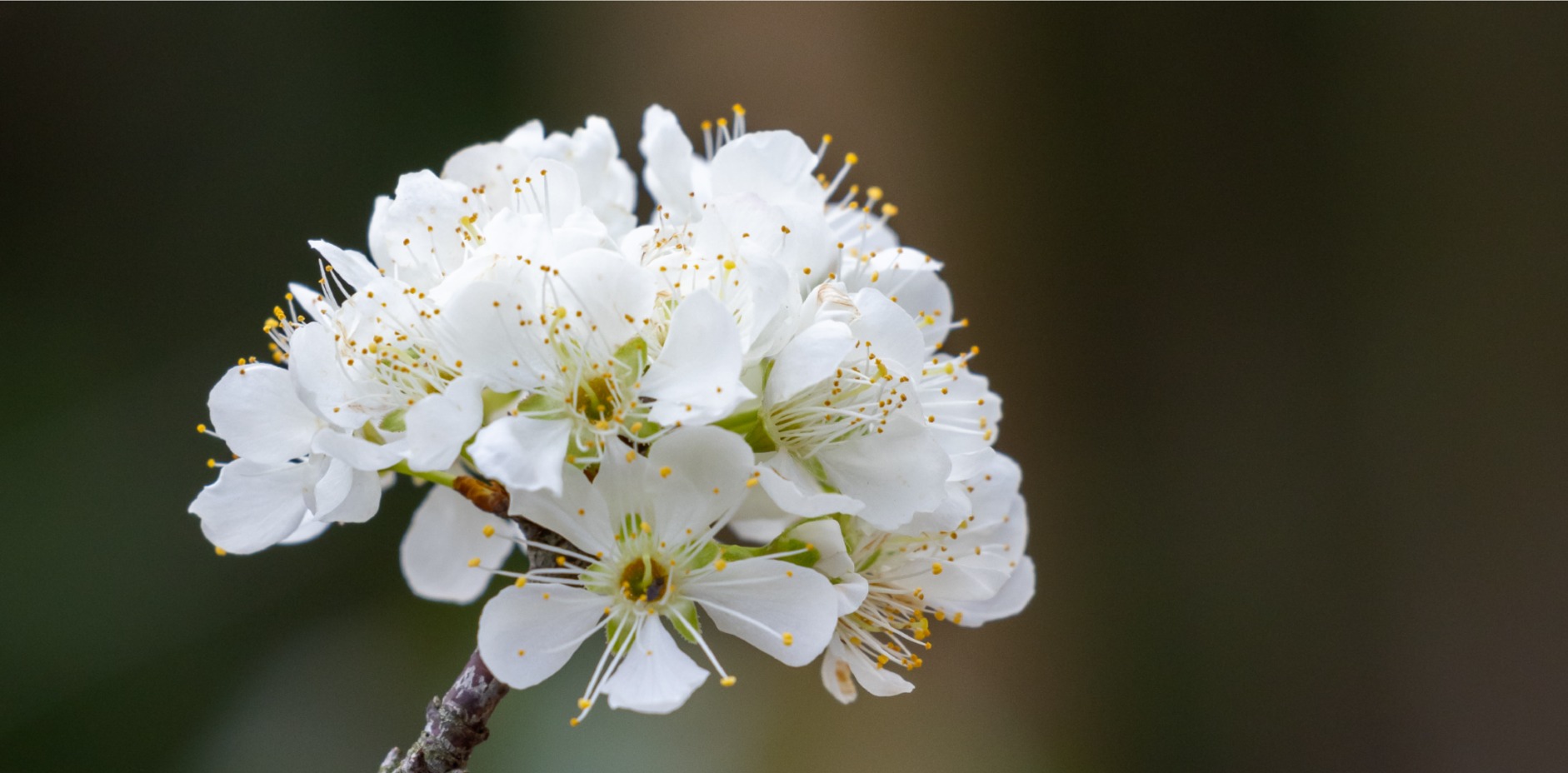

Dr. Lin Dao Yang, former President of Chung Chi College and renowned Chinese agricultural and forestry specialist, once stated, “Forests awaken and strengthen the human spirit, letting worries and cares slip away.” That’s why Dr. Lin attached great importance to landscape greening and forestation after the relocation of Chung Chi College to the new campus at Ma Liu Shui. He aspired to embellish the campus and rejuvenate people’s bodies and spirits on the one hand, and inspire students to comprehend the resilience of life through appreciating flowers on the other. From blooming to withering of flowers, one can fathom the vulnerability of living species; from lush trees growing robustly despite blooms falling off, one can feel the tenacity and sturdiness of greeneries.
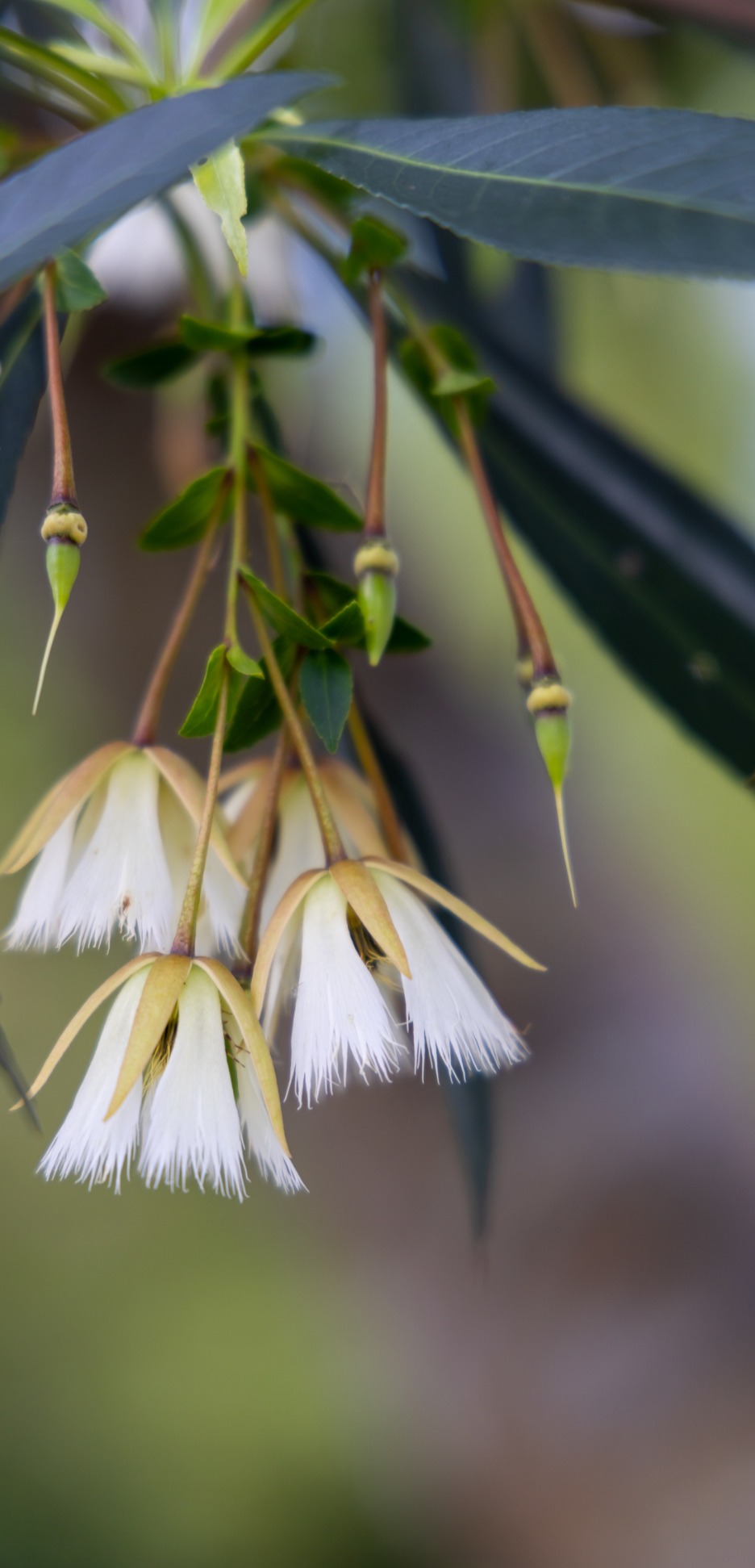
Gorgeous Blooms Juice Up Shiny Spring Days
Spring is a time for rebirth and rejuvenation. Sunshine and drizzle embrace the droughty land, waking up all hibernating living species. In this season, nature conjures a miraculous journey. Feast your eyes on enchanting blossoms flourishing everywhere vibrantly on the Chung Chi campus! Each stands out with distinct colour and uniqueness, contending for supreme beauty. Nourished by abundant sunshine and gentle breeze, vivacious flowers dress up in conspicuous apparel and give off tantalising fragrances, fueling your mind and soul with abundant joy and surprises.
The Abundance of Polychromy
Water Lily│Nymphaeaceae

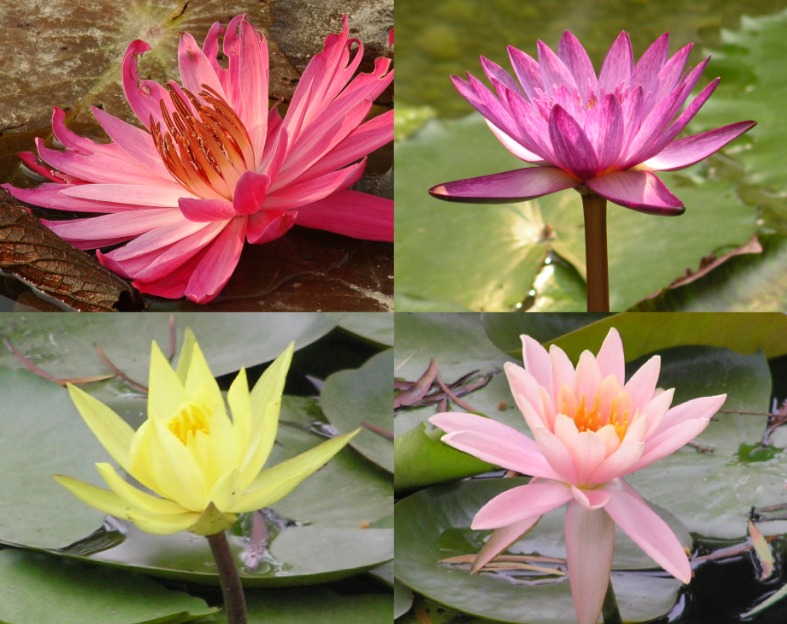
Water Lily is an aquatic plant, usually blossoming from May to August. The flowers are of multicolours, including white, yellow, pink, red, and purple. Water lily floats on the water surface. Its waxy-coated leaves, which have a V-shaped cleft, give off a lustrous shine. Purely graceful and delicate, the floating Water Lilies feature the poetic elegance of the tranquil and peaceful Lake Ad Excellentiam.
The Glamour of Golden Glitters
Golden Trumpet Tree│Tabebuia chrysantha

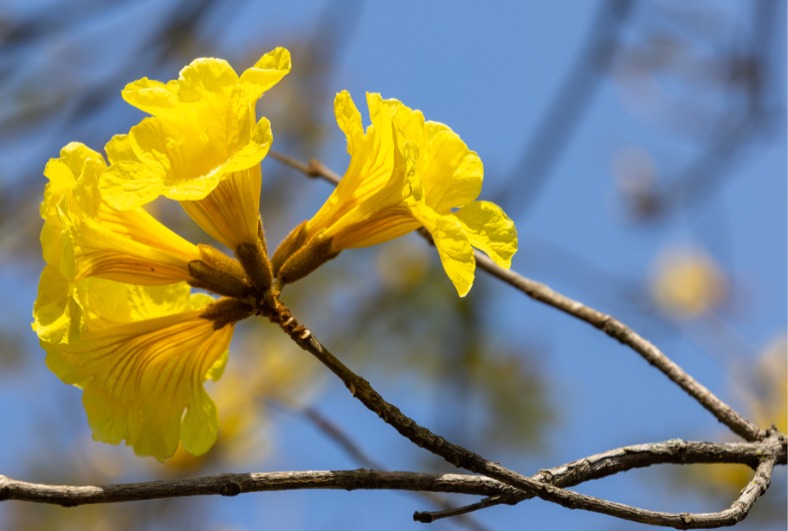
Golden Trumpet Tree is a member of the Bignoniaceae family. Normally blossoming in March, the golden yellow trumpet-shaped flowers look like windchimes. The fully bloomed flowers are in clusters at the tips of twigs, adorning green trunks with sparkling glitters. Appreciate the glamour of Golden Trumpets at Wen Chih Tang and Crooked Bridge in Lake Ad Excellentiam.
Allamanda│Allamanda cathartica

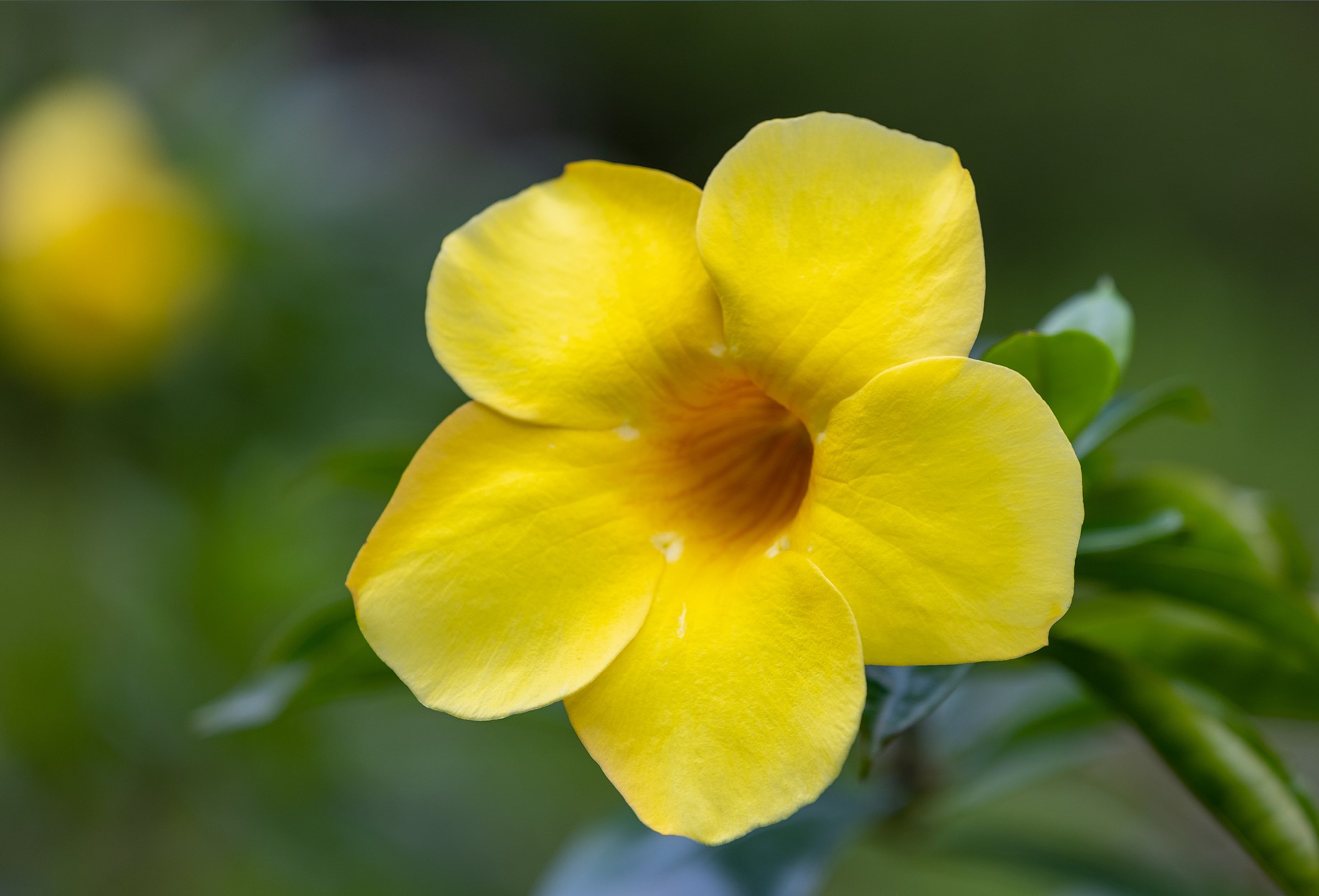
Allamanda is an evergreen shrub, blossoming between March and September. The yellow corolla is funnel-shaped. At Lake Ad Excellentiam, bright yellow Allamanda blooms vibrantly among the lush shrubs, echoing harmoniously the shiny days in spring.
Frangipani│Plumeria rubra

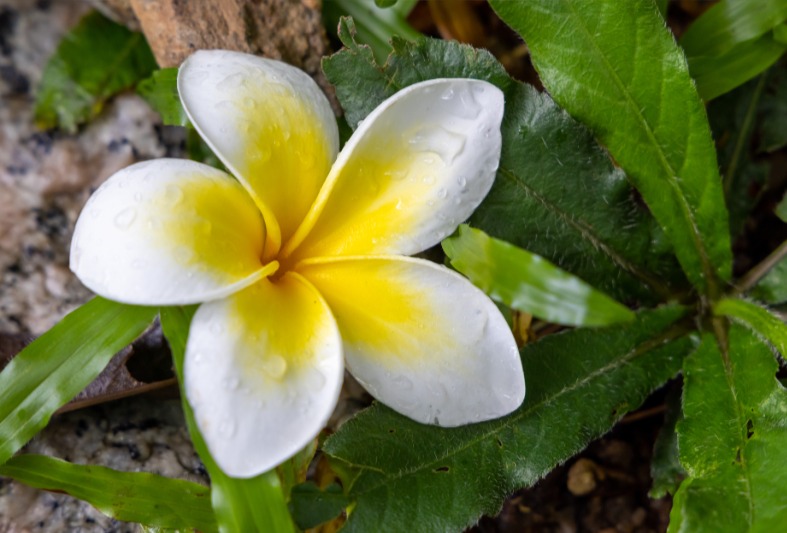
Frangipani is a short tree of three to five-meter high. The blossoming period is between March and September. The milky and yellow petals bear a striking resemblance to egg white and yolk, so Frangipani is also called “Egg Flower”. Frangipani can be found in Lake Ad Excellentiam.
The Passion of Flaming Red
Japanese Camellia│Camellia japonica

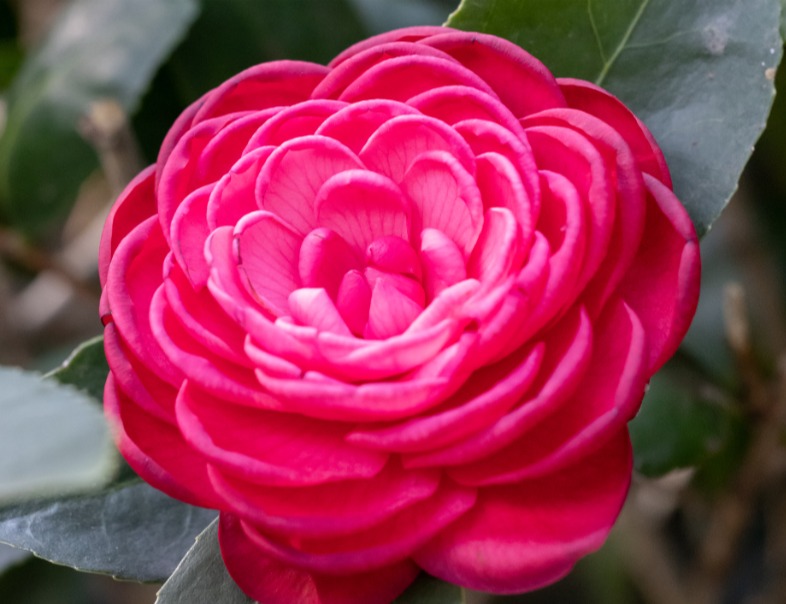
Japanese Camellia is either an evergreen tree or shrub. The latter is mostly found on the Chung Chi campus. The flowers blossom from January to March. The petals are bowl-shaped and of diverse colours, ranging from white, yellow, red to purple. The flowers at Lake Ad Excellentiam are mostly bright red.
Tall Bottle-Brush│Callistemon viminalis

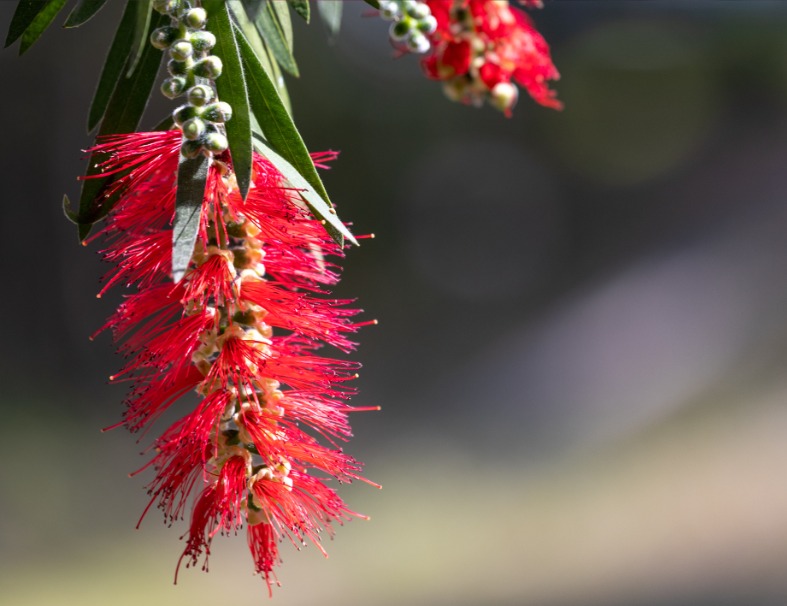
Tall Bottle-Brush is a small tree with tender and pendulous twigs. The willow-shaped leaves densely grow on the twigs, like lush slender willows. Bright red blossoms are arranged in spikes, which look like red cylindrical bottle brushes. Hanging at the tip of the twigs, the flowers sway alluringly while bathing in the gentle breeze in early spring.
Chinese Hibiscus│Hibiscus rosa-sinensis

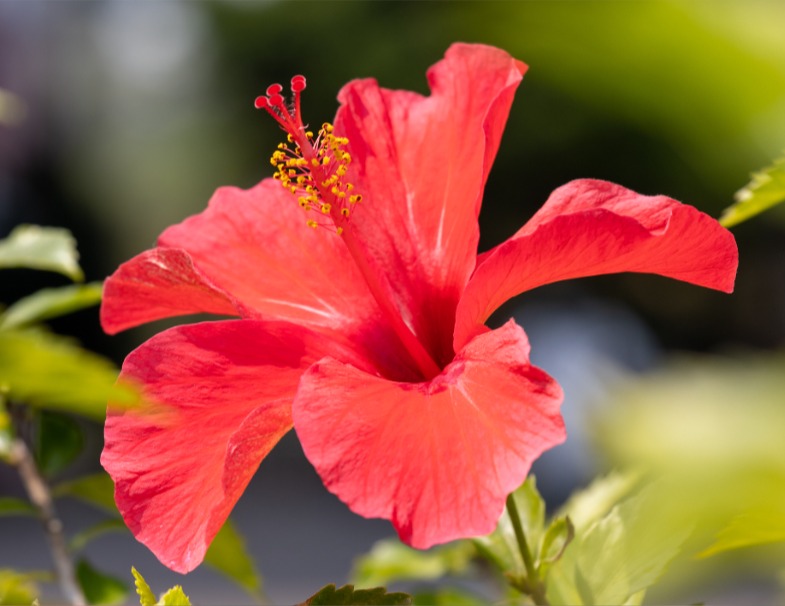
Chinese Hibiscus is an evergreen shrub which is about one to three-metre tall. The corolla is funnel-shaped with diverse colours. Located at Lake Ad Excellentiam and Ho Lawn, the Chinese Hibiscus flowers on the Chung Chi campus are mostly bright red colour, rendering the plain lakeshore and greenish grassland a fascinating landscape.
Azalea│Rhododendron

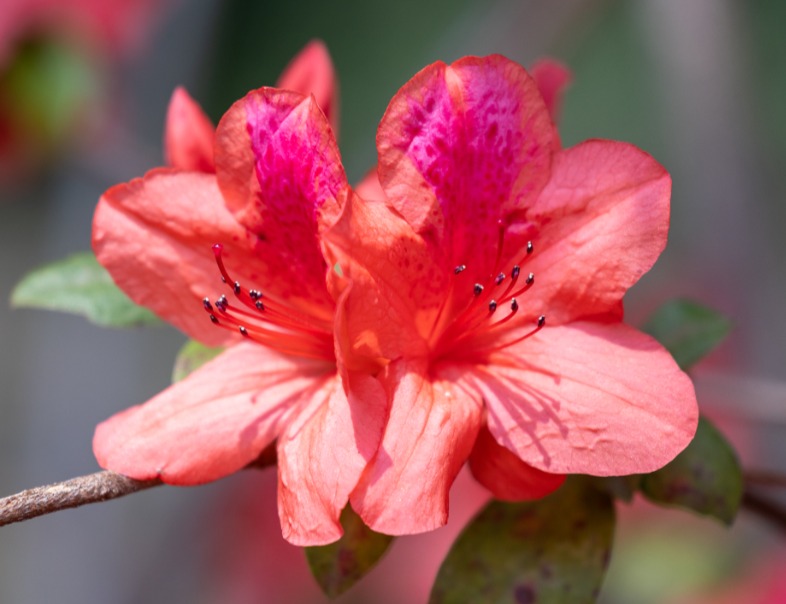
There are diverse genera of Azaleas with various colours including fuchsia, red, pink, orange, and white. The Azaleas on the Chung Chi campus are usually light red or red. Between March and May every year, we usually see red Azaleas blossoming marvellously along the pedestrian road adjacent to the front facade of the College Chapel. It is the tenderness and charisma of Azaleas that rejuvenate the Chapel with vigour and vitality.
The Magnetism of Mesmerising Purple
Saucer Magnolia│Magnolia soulangeana

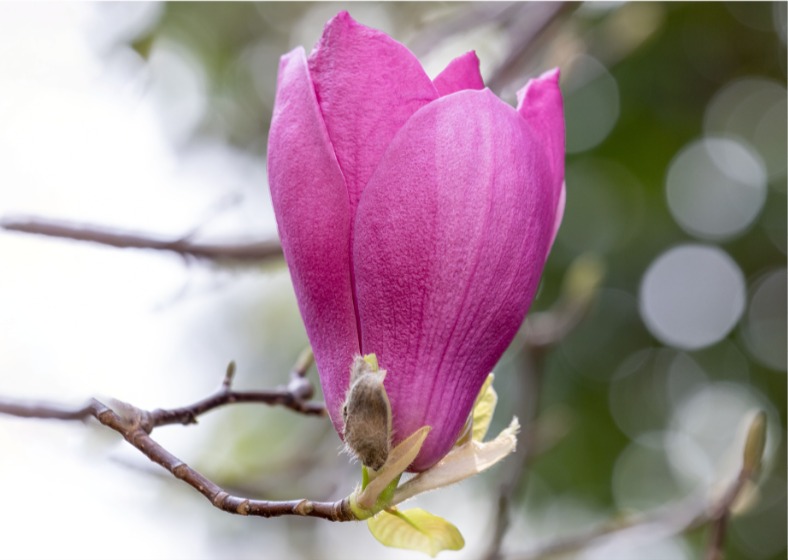
Saucer Magnolia is a hybrid flowering plant of two species of Magnolia and generally blossoms in February and March. The flowers are large and bell-shaped, and the petals are light purple outside and white inside. A Saucer Magnolia tree is planted outside Wen Chih Tang, rejuvenating the campus during the transition period between late winter and early spring.
Queen Crape Myrtle│Lagerstroemia speciosa

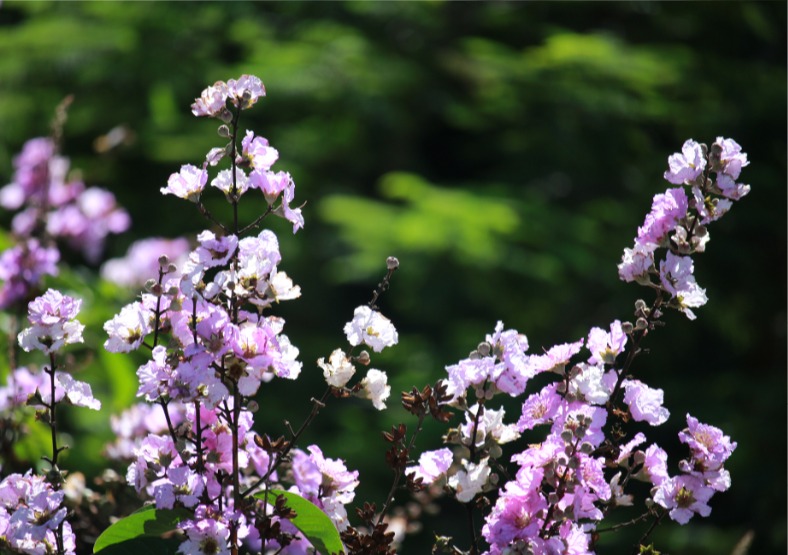
Queen Crape Myrtle is a deciduous tree with straight tree trunks. Its leaves turn dull red before falling down. Blossoming from May to July, the purple oval-shaped flower has irregularly wavy edges and looks like crepe paper. The bright-coloured flowers are grown in clusters in full bloom, portraying the superb elegance of mass posies and invigorating the Chung Chi campus.
The Charm of Vigorous Orange
Asoka│Saraca dives

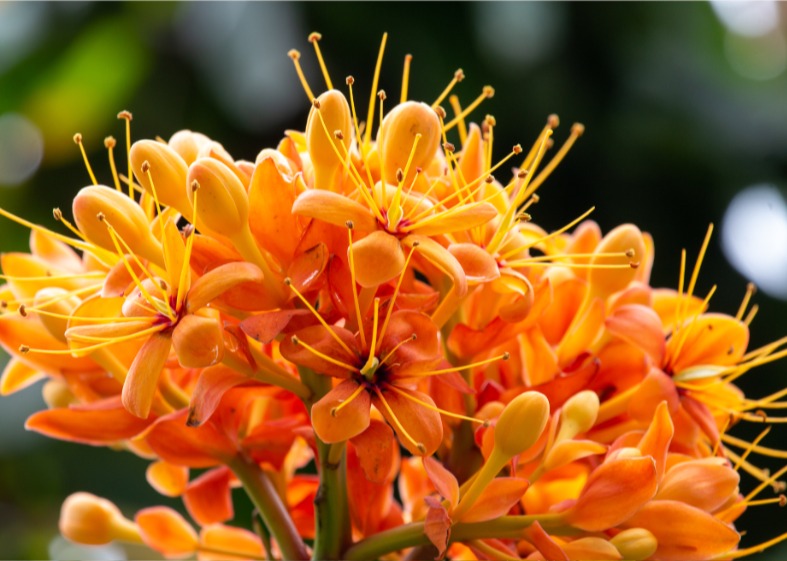
The Asoka tree is one of the sacred trees of Buddhism. It is an evergreen tree with a height of five to ten metres. The orange “flower” is actually calyx congregating as a ball cluster. The blossoming period is between March and May. The flowers turn from yellow to orange, and cover the tree crown as fiery red clusters. The College planted an Asoka tree, which is also known as the “Worriless Tree”, on 28 June 1997, with a symbolic meaning of relieving people’s worries.
Fire-Cracker Vine│Pyrostegia venusta

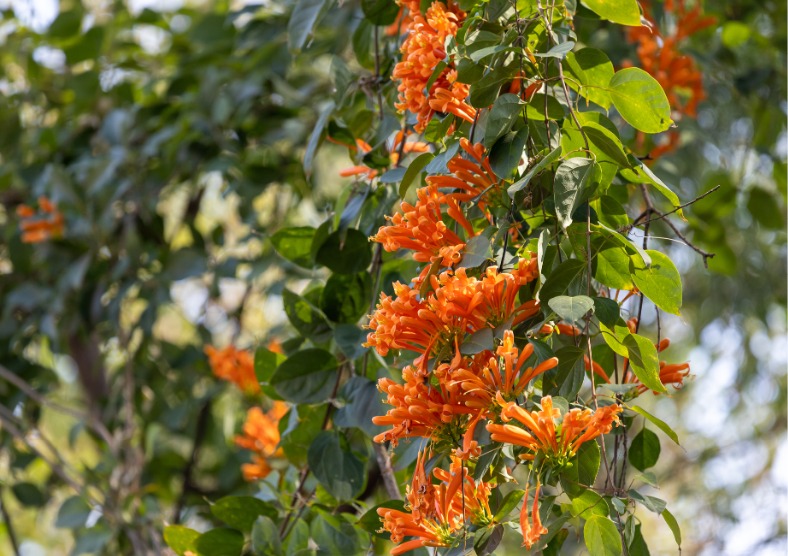
Fire-Cracker Vine is an evergreen climber and blossoms between mid-February and early March. The yellow-orange flowers densely cluster at the tips of the shoots as panicles. The exuberantly blooming Fire-Cracker Vine can be found near the Chung Chi Staff Quarters Block C and along Nursery Path. The bright-coloured flowers look more conspicuous under abundant sunshine.
The Beauty of Pastel Palette
Cherry Blossom│Prunus

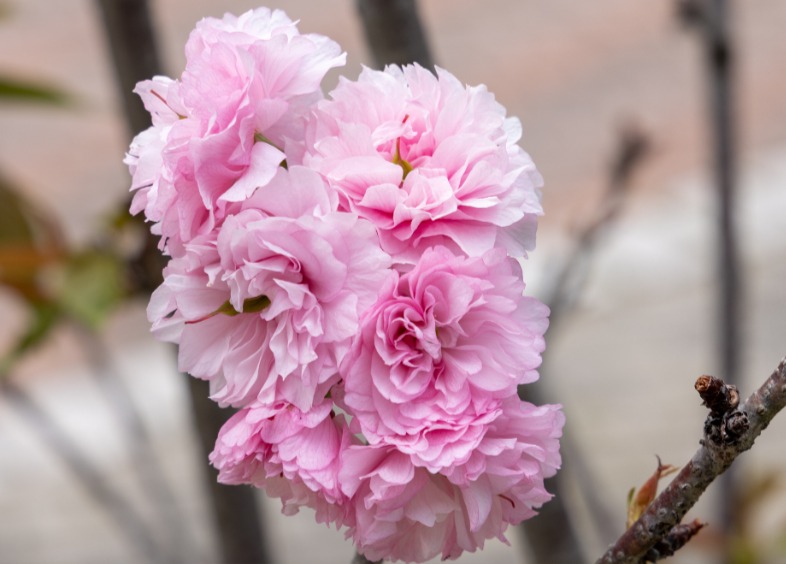
Cherry Blossom is well known worldwide and contains a myriad of species. The blossoming period is between March and early April. The pink petals adorn greeneries with a rich palette of pastel colours. Clusters of adorable pink blossoms can be seen outside Wen Chih Tang in spring, creating an aesthetically pleasing environment on the campus.
Camel’s Foot Tree│Bauhinia variegata

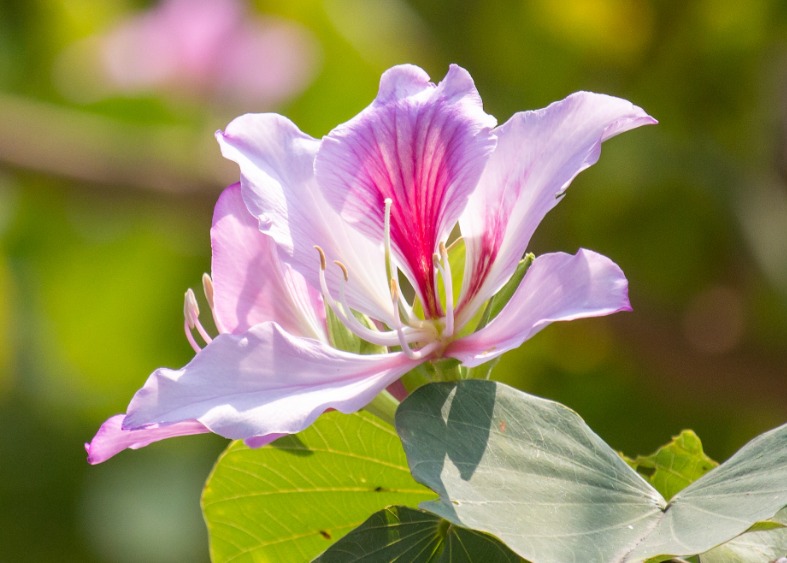
The flower of Camel’s Foot Tree is similar to Bauhinia blakeana, the City Flower of Hong Kong, in appearance. Camel’s Foot Tree bears seed pods, but Bauhinia blakeana does not. As for Camel’s Foot Tree, the petals’ colour ranges from pink to light purple. One of the petals is fuchsia and streaked with yellow veins. In early spring, the Camel’s Foot Trees outside the Chung Chi Staff Club Clubhouse blossom robustly.
Open Your Heart and Mind in Fabulous Visual Tours
Thanks to the dedicated cultivation by Chung Chi-ers across generations, the desolate wilderness in the old days has become a picturesque landscape rich in scenic wonders of delicate greeneries and blossoms nowadays. Spreading before the eyes is the supreme elegance of nature. We would open our minds and have our thoughts and wills transformed. As Dr. Lin Dao Yang, former College President, said, “On this campus, we not only cultivate our mind amid the picturesque landscape, but also free ourselves from the hustle and bustle of the city, and pursue the study life with a calm demeanour. It is not at all surprising that a wealth of distinguished talent is nurtured in such a serene and graceful environment.” Spring blossoming has a more profound implication: the never-ending cycle of bloom-and-wither signifies the rebirth and restoration of hopes. It reminds us that we also undergo the process of withering and rebirth in our life. When we encounter frustrations and difficulties, blossoming reminds us not to give up, for hopes are always within our reach.






